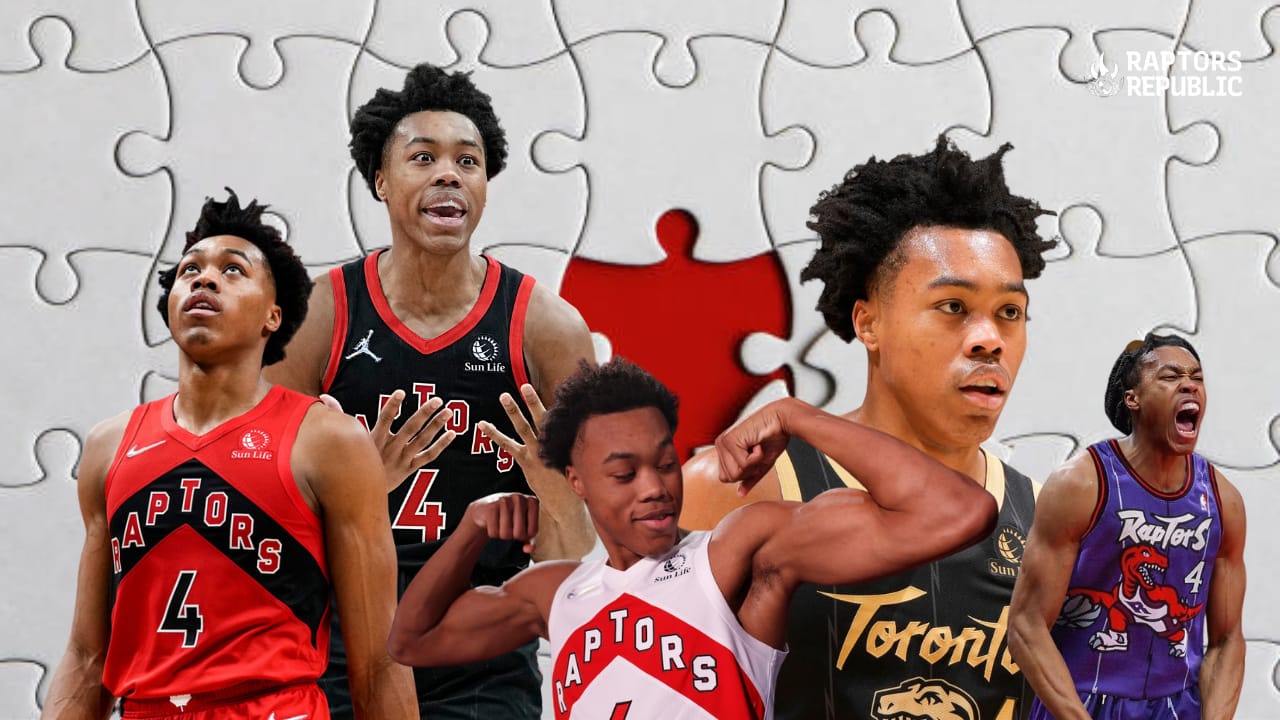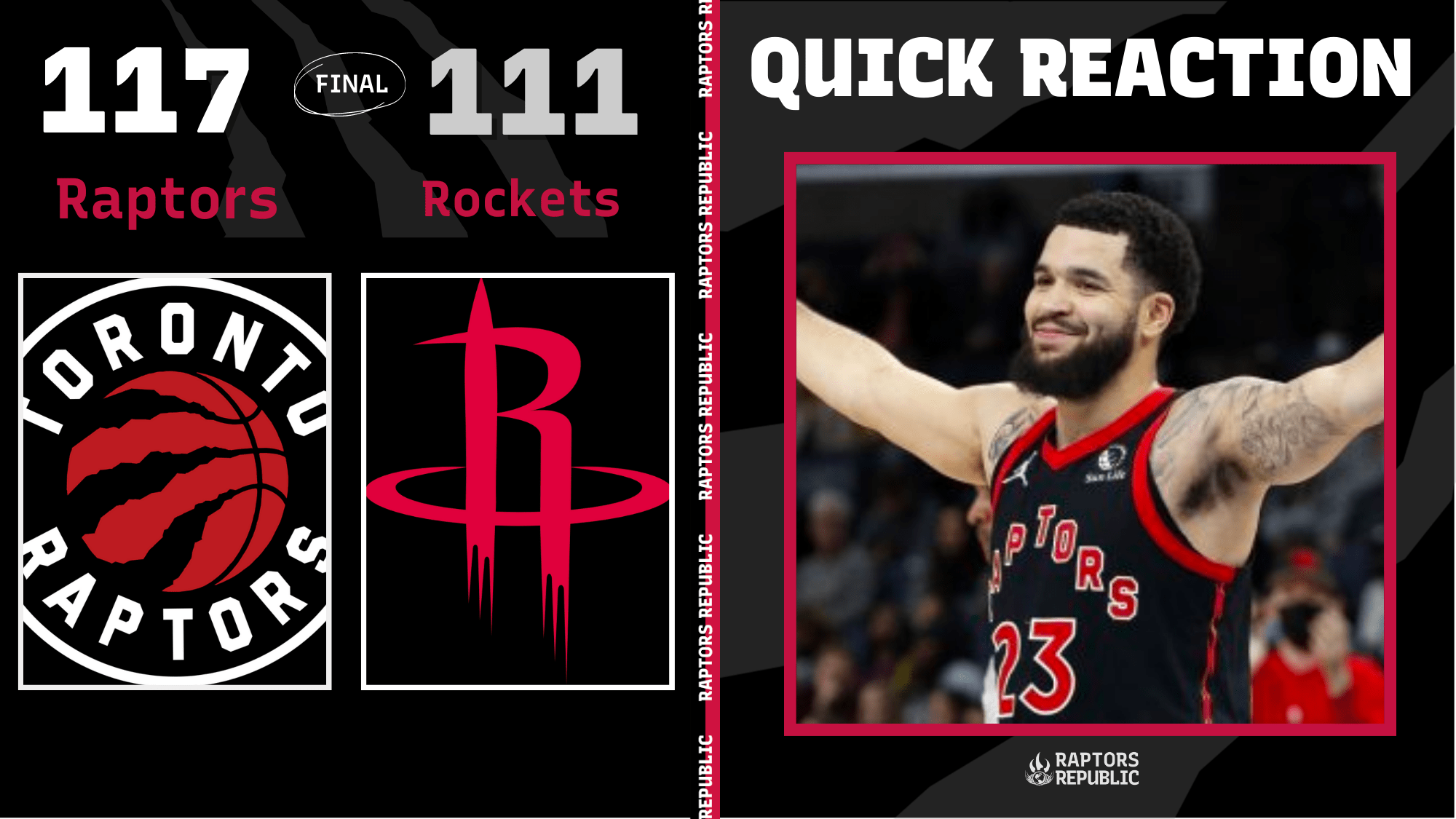“Oh, f*ck,” says Bunk, wistful and sad at first, looking at photos of the victim. “Motherf*cker.”
Several interjectory “f*cks,” as companions to laying down photos or circling a spot on the wall. The start of the work.
“F*ck!” spits out McNulty, who snapped his finger with a tape measurer.
A head-shaking “f*ck” as correction — the weapon is held at the wrong height. Some quiet ones during the search for the bullet, not meant, McNulty probably not even aware he’s speaking.
An aghast “motherf*ck” from Bunk as a realization. Some with surprise, then. With intent. The pace quickening, time starting to matter in the word for the first time.
A proud “f*cking eh” as the work pays off and McNulty sees where the bullet entered the fridge. An angry one when he can’t dig it out. Then sober and serious when he pulls out the bullet: “motherf*cker” — we got this guy.
“F*ck me,” says Bunk, impressed with their work.
The brief moment of investigation from The Wire might have seemed like a joke on the surface when you watch the show, but in reality it is an ideal representation of the truth that the same thing can have entirely different meanings in a new context, from moment to moment. Of the concept of the depth behind singularities. One word? Infinite meanings, infinite depths, like a black hole. The f*ck scene is an ideal representation, but it’s not the only one.
Scottie Barnes might seem normal on the surface, good but nothing special, around the rim. But that’s only on the surface. In reality, much like the f*ck scene, there is infinite depth to the singularity that is Barnes’ finishing. He is creative to the point of absurdity — much like he is in passing the basketball.
This is the third entry in my series this season about Scottie Barnes’ brilliance. The first was about his extraordinary passing, and the music of Arnold Schoenberg. The second was about his screening and movement inside the arc.
On the surface, Barnes has made the 25th most shots in the league from within 10 feet. That’s good! He’s shooting 55.9 percent from that range, which isn’t quite as highly ranked as his total makes, but is still impressive. (He was at 59.8 percent last season.)
But if you look further and further into the heart of Barnes’ finishing, all you can see is more and more complexity. There is no gather he won’t try, no combination of moves to set up the finish, no hand stronger than the other, and no release point out of the realm of possibility for him. As a result of such diversity, Barnes can choose from several dozen possibilities at any one time, the basketball version of Everything, Everywhere, All at Once.
(Just as an organizational note, this piece originally had way, way too many video clips. Like, 50 or so. Just to make this piece readable, I buried a number of video examples in hyperlinks that take you clips of the finishes I’m discussing. Feel free to burrow through those hyperlinks to get to all those sweet, sweet videos.)
Because Barnes’ finishing is so compartmented, let’s organize this thing going from out to in. Let’s start, then, with gathers. Barnes of course is an equal opportunity as a jumper, able to achieve great burst either as a two-footed jumper or one-footed. (And, from among those one-footed clips, he can jump off either foot and finish with either hand.) In part because of his versatility as a jumper, he’s 32nd in dunks so far on the year. While his feet are moving towards the rim, he brings the ball with him in a number of ways, including dribbling (duh), running-back carries protecting the ball, or even fancy one-hand gathers like he’s Steve Nash.
When he gets to the rim, he has a “keep you guessing” quality to his game that empowers stardom. (Not so say that Barnes is Giannis Antetokounmpo, obviously, but Antetokounmpo is perhaps the best example of a player being able to be ‘big’ at the rim and power through opponents or be ‘thin’ at the rim and avoid contact altogether. The ability to do both keeps opponents guessing.) Barnes has a similar quality to his game, able to power through a crowd or get thin to catalyze his finishing instead.
Barnes also has extraordinary double clutch ability to not avoid contact but rather avoid contests. Again: he’s ambidextrous as a finisher after double clutches.
Rarely does Barnes repeating a gather mean he’s going to repeat the finish. As if he’s selecting skills in a video game, he can mix and match at will. A euro step can mean one thing in one play and a completely different thing in another. Of his euro finishes, in the clip against the Brooklyn Nets, a euro step means creating contact to shed a defender, resulting in a dunk with a release point inside his body. Against the Sacramento Kings, a euro step means avoiding contact for a release point as far outside the body as possible.
And those release points factor into virtually everything. When he’s driving, he’s exceptional at releasing the ball from virtually anywhere. Like a five-pitch pitcher, he can release the ball far outside his body on the right, inside on the right, over top of his head, inside on the left, or outside on the left. The over top of his head finishes, including pushes and floaters, are some of Barnes’ signature shots. He gets the ball on the rim quickly, is virtually unblockable because of his length, can use them as self-created or assisted looks, and has some of the best touch in the game.
In fact, Barnes has more than five pitches for release point. He has multiple times used a wackadoo finish I’ve never really seen elsewhere that sees him switch hands midair to get to his inside hand. He’s only busted out the move in transition, when a variety of others likely could have got the job done. But there’s nothing wrong with prioritizing aesthetics.
Barnes’ other signature finish would be the hook shot over the left shoulder. He’s an exceptional post player with a bevy of tools at his disposal. Spins (either to create space through contact or eat empty space), half spins, quarter spins (smitty!), fakes, drop steps, you name it: he’s got it. And all the while, as he’s maneuvering and testing, he’s shuffling closer and closer to the rim. He can create space with his strength or just use it to hold the defensive player in place while he turns and fires. Most of the time, his moves are used to set up that hook over the left shoulder.
But he is still more than capable going to hooks over the right shoulder. (Again, using either the outside hook with his left hand or the inside hook with his right hand.) In the post, as on the drive, he’s a multi-pitch pitcher; because of his drop steps and spins, he is capable of shooting from either side of the rim, with either hand, from anywhere in the paint. He’s tied fifth in the league in made hook shots this year, and first among non-centers.
If all else fails, Barnes can simply trust his touch and his length and throw the ball at the rim. He converts 25.6 percent of his shooting fouls into and-1s, largely because he doesn’t need to set up complicated moves to finish — he can just throw the ball at the rim and trust.
Barnes is blessed with every conceivable gift as a finisher. He is enormously long and strong and quick. His vertical leap is preposterous. He has huge, strong hands. His touch is comparable to the greats. He can outthink almost anyone. However, there is a downside to extraordinary versatility, especially in combination with youth. Because Barnes can turn to any option around the rim, it’s easy to become reactive and choose a less-than-perfect sequence of events in a finish. Most players can only finish in a few ways, so they know what works and when. They choose what they’re best at, and that’s that. Barnes can mix and match his footwork, his gather, his jump, his hand, his release point. Very hard to know what’s best with so many choices. It’s easy to get lost in the sauce.
But that downside will fade with time. Barnes will gain the experience he needs to know what works best in what situation. When schema learning gives him a map for the NBA, and Barnes can diagnose in an instant what he’s seeing on the entirety of the NBA court in motion, his overwhelmed-by-choice will become overwhelming for the defense. That’s when he’ll become HBO on the basketball court, in dialogue with himself like Bunk and McNulty, able to use a single event to create any meaning he so desires.



